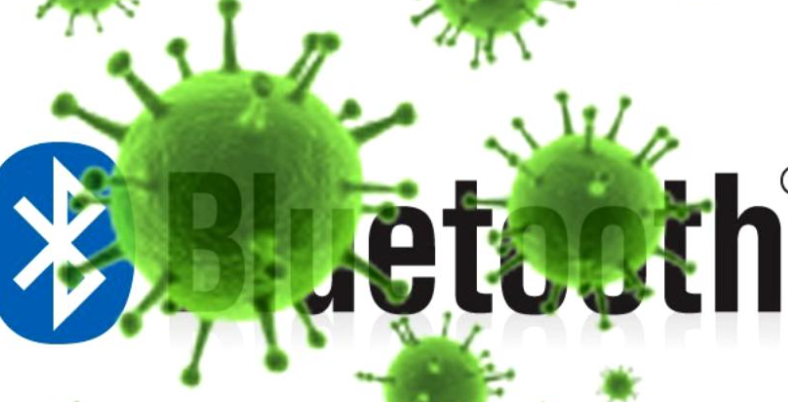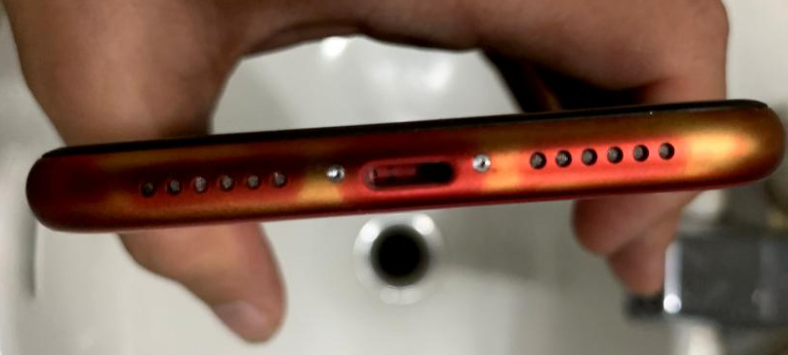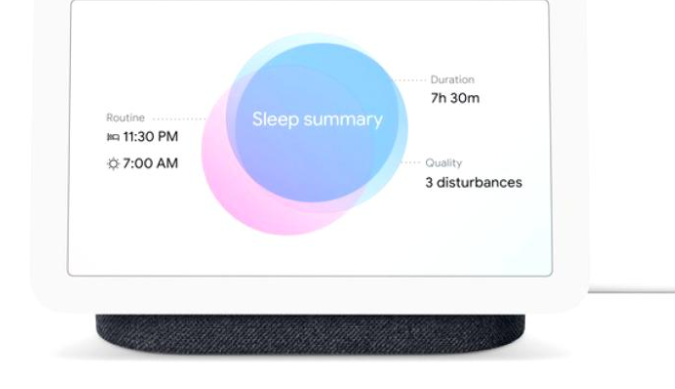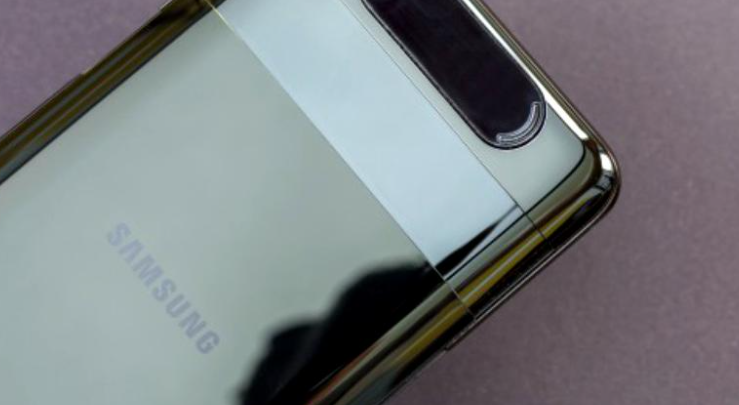On Tuesday, Microsoft unveiled its vision of a future operating system to replace Windows 10.
The future system, detailed on the company’s blog by Microsoft’s Vice President of Consumer Sales and Device Sales Nick Parker, is currently known as Modern OS. It is not known for the moment if this is a temporary name.
Security and connectivity
Modern OS will rely in part on security to appeal to users, including updates that run in the background without interruption.
The system structure will also separate the operations performed by the computer from the processes used by the applications. This will theoretically eliminate a whole category of computer attacks exploiting the symbiosis between these two elements of a computer system.
Microsoft assures that this future operating system will be designed to be permanently connected to both wi-fi and 5G networks to reduce or eliminate interruptions. The different devices of a user can also connect smoothly between them.
Modern OS would also consume very little power, making the charge of the device battery even longer.
The power of the cloud
In order to multiply the power of computers, Microsoft plans to use its data centers to perform calculations instead of the user’s device. This feature, coupled with the use of artificial intelligence, should accomplish tasks that an ordinary computer is unable to perform. For example, Nick Parker explains that artificial intelligence could be used to analyze a person’s habits and schedule to predict the applications they will need.
Modern OS should be more accessible than current operating systems, since Microsoft promises that it can be controlled by a keyboard and mouse as well as a connected pen, voice, touch or look.
The company finally wants its system to be able to adapt to all kinds of devices with different shapes.
“These features support our vision of a modern operating system,” Nick Parker writes. They are the founding elements of an evolution of the ecosystem of personal computers and offer the possibility to our partners to create tomorrow’s experiments more centered on the human.”





